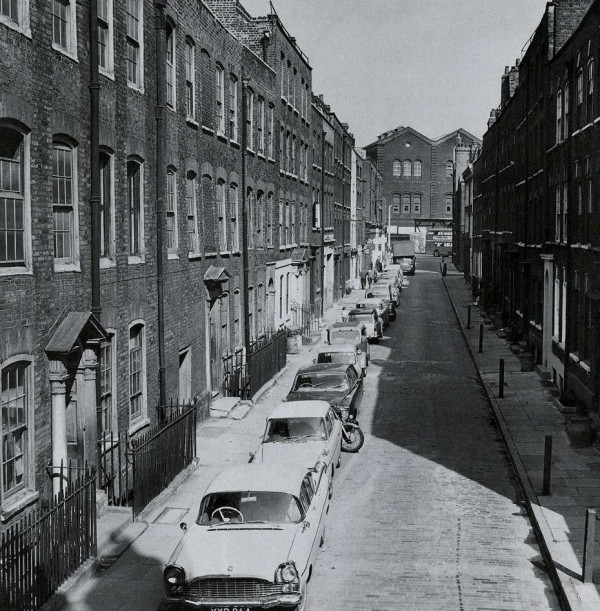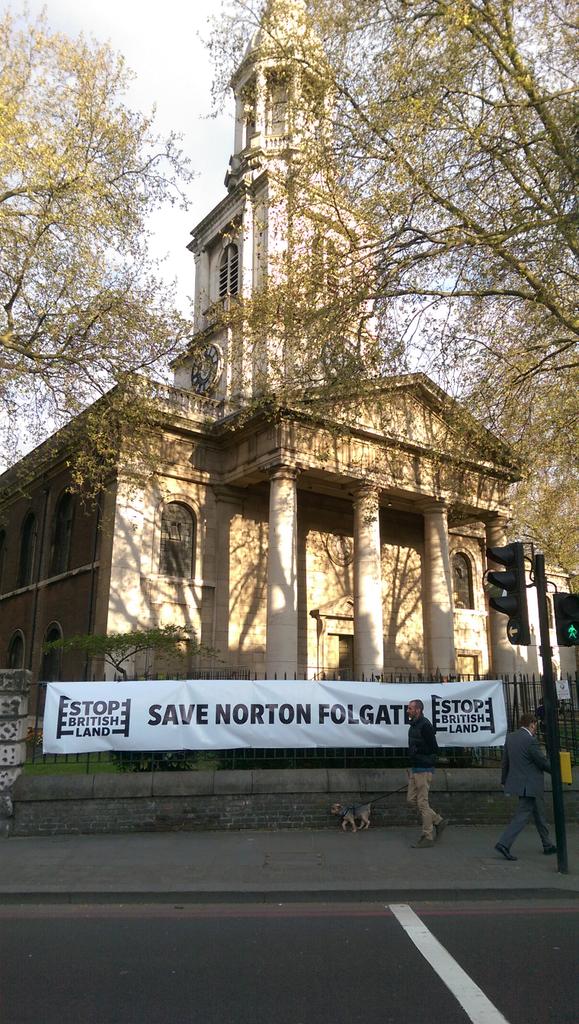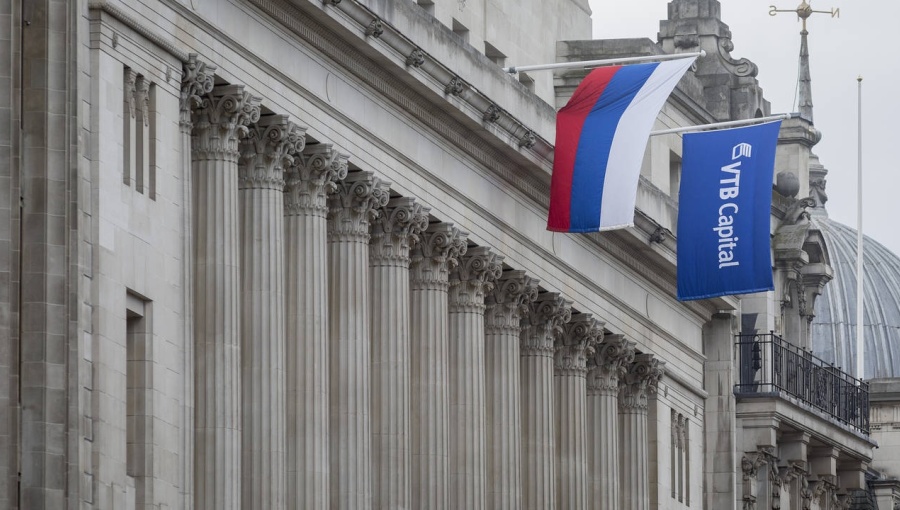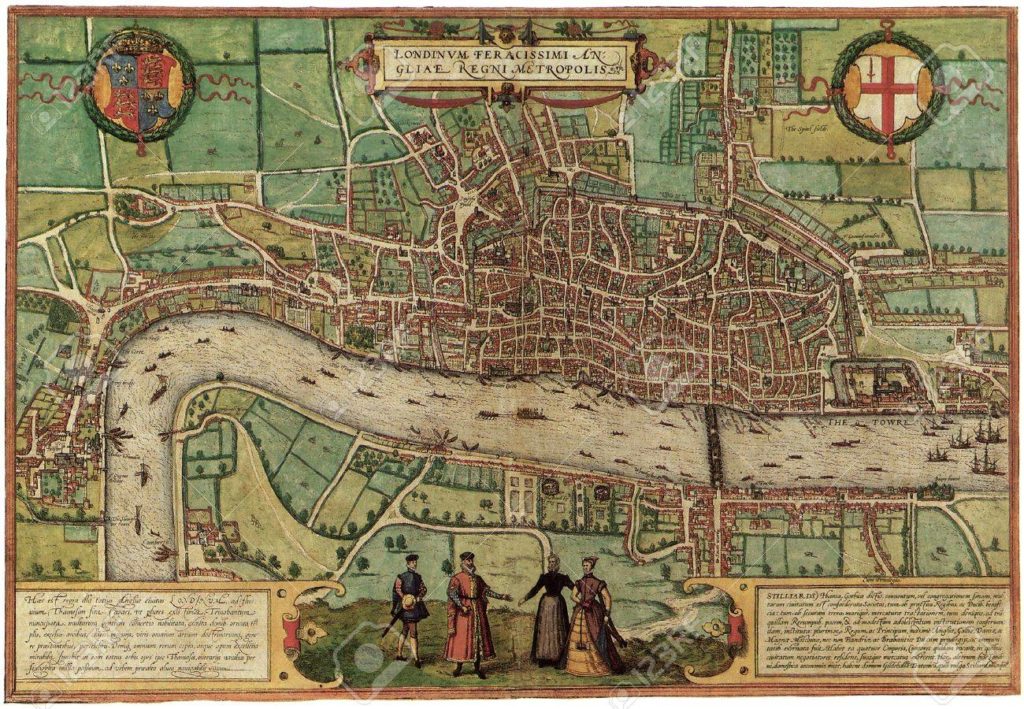City Corporation agrees to meet Norton Folgate Campaigners
Here is the transcript of my exchange with the Chairman of the City of London Investment Property Board at the meeting of the Common Council of the City of London on 23 April 2015. This exchange (also with interventions from Patrick Streeter and Tom Sleigh) concerns the City’s interest in British Land’s development proposals for Norton Folgate. Alastair Moss, on behalf of the City, agrees to meet concerned representatives of the Spitalfields Trust.
Town Clerk:
A question from William Taylor to the Deputy chairman of the property investment board, Alastair Moss
William Taylor:
My lord mayor, in the area just outside the City of London in Spitalfields, an area called Norton Folgate, the City is working with a developer called British Land to promote a scheme which will effectively destroy 72% of buildings on our site in this conservation area.
In 2008 – that’s before this area became what is identified as third largest technology startup cluster in the world – the policy for this site was as follows:
“to achieve the maximum possible commercial development on the maximum site area in the shortest possible time” and “to maximise the financial returns to the City from this investment.”
Is this still the City’s policy?
Given the way the business profile of this area has changed, given the context of this particular conservation area, given the concern that many many Londoners have about the proposed British Land development and the fact that this isn’t so much a brownfield site as a brightfield site, if I can put it like that, is it true that this policy has not been adapted, my Lord Mayor?
My Lord Mayor, my thanks to the honourable member for notice of his question.
The short answer is “yes”, we have adapted our policy since 2008.
But, in detail, as you’ve explained, the Folgate Site, which is now known as the Blossom Street Site, was assembled with the key strategic aim of being able to facilitate a holistic rather than a piecemeal regeneration to provide new business space, which in turn will help to generate employment opportunities.
The developer consider that their current proposal for the site applies a sensitive approach to regeneration having regard to conservation and employment imperatives.
The proposal comprises seven separate buildings linked by a series of yards and passages designed around existing and the lost historic spaces and routes in the area. British Land is introducing appropriate shops and restaurants at ground floor level with a leasing strategy which aims to bring in niche and independent operators who are in keeping with what this area is all about.
British Land undertook a lengthy and comprehensive consultation programme before submitting their planning application. And they have, where possible, taken on board comments they have received, particularly from local interest groups and especially from English Heritage, before their planning application was submitted.
Turning to the City’s strategy for the site which is aligned to the “City Together” strategy theme to insure that the City is “competitive and promotes opportunity” and more specifically that the medium term priority of promoting growth in the business cluster in the city and city fringes by providing high quality floor space is met.
Annual updates have been provided to members and the 2008 update did state:
“that overall strategy may be summarized as to achieve the maximum possible commercial development on the maximum site area in the shortest possible time scale at the same time it is intended to maximise the financial returns to the City from this investment.”
This overarching aim does remain in place – however, importantly, it has been adapted.
First, the City’s original planning application and appeal for the scheme on the majority of the site was refused.
The City subsequently secured planning permission in 2009 for a reduced scheme by some 53,000 square feet that took on board the LBTH and the planning inspectors’ comments on the bulk, scale, height and design details of buildings on the site.
Second, BL’s current scheme, planning application for which was submitted last December (2014), improves on the consented scheme in terms of architecture while remaining generally the same bulk, height and scale and floor area.
The City’s consented scheme is for a total of some 155 000 sq feet. Whereas British Land’s proposals for the same area of the site area is only around 3000 sq ft greater than this.
British Land has employed four different architects for different areas of the site all of whom have experience of similar regeneration schemes and are exemplars in their fields.
Third, British Land’s scheme aims to provide much needed office space targeted at the technology and creative sector while being flexible enough for occupation by businesses from other sectors.
A variety of commercial spaces suitable for a range of businesses sizes form part of their proposal
60% of the floors are under 3,500 sq feet and no floor is larger that 20,000 sq ft
Fourth and finally BL has stated that the focus of the small and highly divisible floor plates enables them to create a mix of “incubator”, “co-worker” and “grow-on” vital for the success of starts ups and SME spaces
Consequently, in sum, the original policy has been adapted to take account of the changing demands.
William Taylor:
My Lord I would like to thank my honourable colleague for the comprehensive answer he has given me and for his recognition that the situation has changed and the policy has been adapted.
I would like to invite him now to meet with representatives of concerned groups and individuals including members of the Spitalfields Trust – I think that Dan Cruickhank and Oliver Leigh Wood are with us today – in order to meet with them to discuss their ideas for this proposal and to see whether the proposal being put forward by British Land meets the goals that you have stated as being central to our policy as adequately as they might, My Lord Mayor.
Alastair Moss:
The answer to that question is “of course”. As a transparent authority of course we should meet with those who have views on this. It is important that we get it right and it is important that we follow through on what we say we will do and so of course we will do that.
The chairman I fear puts rather a spin on the proposals. In fact they are to demolicsh 75% of the conservation area and put 13 storeys where there are three storeys at the moment
They are driving a coach and horses through this conservation area.
My question is this:
how can the City expect to protect its own conservation areas if it is so disrespectful to the conservation areas of neighbouring boroughs?
Alastair Moss:
I would direct members to British Land’s website and indeed the Spitalfields Trusts website where there are comprehensive images of what is proposed on this site.
It is true to say, in my opinion, that what is proposed by British Land is a polite and well thought through scheme which reflects the great historic nature of this part of the city fringes and I think that it pays due regard to the conservation area status that that area has.
But equally members will be aware of the fact that in developing and preserving and enhancing a conservation area one has to have a development that works and is right for the time.
The reality is that Folgate was an area which was developed many centuries ago as part of the city fringe, unfettered by the strictures of being in the City.
Times have changed. A lot of the site is not being properly used. It is not adequate as a combination. It is important that we move on whilst having an eye to the past and reflecting that heritage but also to providing the floor spaces and uses that we would want to see there
And, indeed, I think that those who live and work and use those facilities will want to see there
It is important to realise that the number of jobs that are projected to be provided are an additional 2600 jobs simply by redeveloping this in the right way.
My lord Mayor
As a recent resident of Norton Folgate and as a member of the property investment board and of course an elected member of the ward that immediately abuts this development in Bishopsgate I feel I have a legitimate interest in this.
The case is simply that there are legitimate and understandable concerns on one side and a perfectly legitimate and reasonable development proposal on the other.
I think to conclude this debate we should really accept the kind offer from the deputy chair of the property investment board and sit down and talk with all interested parties.
We should also meet out to those civic society members interested, residents and businesses alike. And I would only add to that that perhaps that the
Deputy chairman would allow other interested elected members, possibly from Bishopsgate ward to participate as well.
As Bob Hoskins said, “it is good to talk”.
Alastair Moss:
I agree.







 Previous Post
Previous Post Next Post
Next Post


